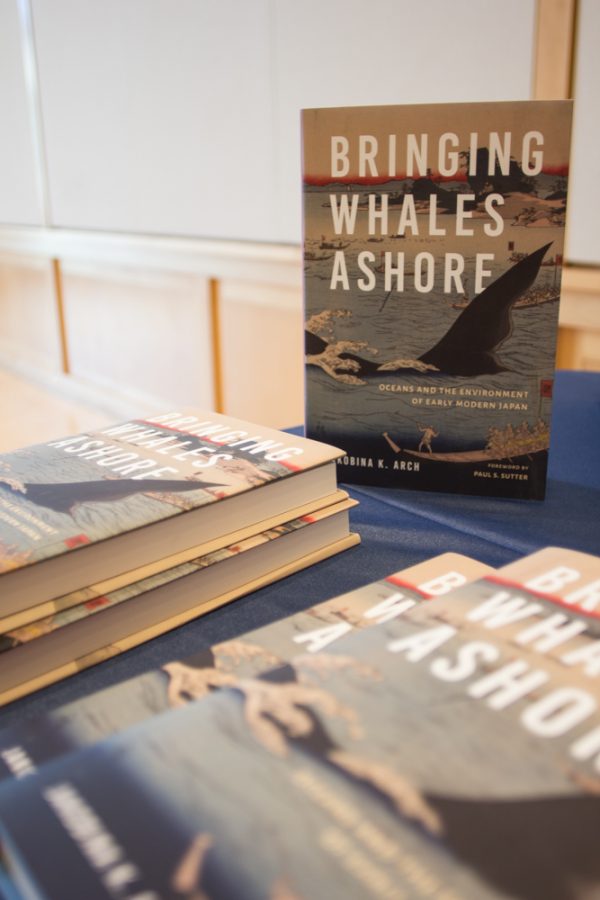So far, the Hollywood Oscar loonies have kept their mouths shut. By the Academy‘s standard, few, if any, films released this year have been Oscar-worthy.
The Academy’s standard (at least for Best Picture) is supported by four requirements, out of which three must be met: Big Director, Big Actor(s), Big Budget, and Big Love.
Big Director: The film must have a big name director behind it. Since the beginning of this decade, no first-time, no-name director’s film has won Best Picture and only two no-name director’s films have been nominated for Best Picture (Todd Field’s 2001 flick In the Bedroom and Jonathan Dayton and Valerie Faris’s 2006 indie Little Miss Sunshine). Even if you consider the 1999 film American Beauty, which was the director’s first feature, Sam Mendes was well known in the United States for the Broadway revival of Cabaret with none other than Rob Marshall (see Chicago, the 2002 Best Picture winner, and the upcoming musical film Nine).
Big Actor(s): Few Best Picture nominees lack big name actors. The notable exception, of course, is last year’s Slumdog Millionaire: in that case, the ridiculously saccharine love story overwhelmed movie-goers’ pleas for a familiar face. Yet, Slumdog Millionaire is an exception. Let’s go down the list of Best Picture winners of the last decade: No Country for Old Men –– Daniel Day Lewis; The Departed –– Leo, Jack, and Matt; Crash –– Sandra Bullock, Don Cheadle, etc.; Million Dollar Baby –– Eastwood, Freeman, and Swank; the last installment of The Lord of the Rings –– Viggo, Ian, Elijah… you get the picture (no pun intended).
Big Budget: What’s going to pay for all the special effects needed to woo the Academy? Over the past decade, the average budget of Best Picture winners is $52.3 million and only one film, Crash in 2005, had a budget of less than $10 million ($6.5 million). To put matters into perspective, the famous Spanish film director Pedro Almodóvar this year made his biggest budget movie at $18 million; it was his first film with a budget of over $10 million and it was his seventeenth feature.
Big Love: Polemic films don’t get Best Picture Oscars. The only possible exception is Crash, who many called out for stereotyping every ethnicity they got their hands on. The film that epitomizes this category is, of course, our friend Slumdog Millionaire who managed, without a big-name cast member, to captivate American audiences with a realistic and captivating love story from the “point of view” of the Other. Yeah, bologna.
Apparently no films this year have met the Academy’s lavish requirements. Over at Variety, Peter Bart complains that “there’s not much out there yet that’s screaming “Oscar!”” He also says that the Academy voters are obsessing over arthouse movies year after year. Really? Define ‘arthouse‘ for us, Peter.
By arthouse, do you mean small-budget? By arthouse, do you mean no famous actors? By arthouse, do you mean no-name directors? Or, by arthouse, do you mean films that the Hollywood-conditioned American public doesn’t care to understand? It seems as though he means them all.
Peter’s not alone. Other critics are lamenting this year’s Oscar season (the time between Thanksgiving and Christmas when all the Oscar contenders swing their punches). And, the forecast for them doesn’t look bright: only Clint Eastwood’s Invictus and Rob Marshall’s Nine look to fit the Hollywood Best Picture paradigm. Moreover, they lament the opportunity for an onslaught of feel-good, Hollywood epics to fill the Academy’s 10-slot Best Picture race. (The Academy upped the Best Picture nominee count from five to ten after the outcry following last year’s Oscars: many wanted films like WALL-E, The Dark Knight, and Doubt to also receive nominations.)
So, is the (lack of) Oscar buzz worrisome? Not in the least bit.
Finally, we may have an Oscar Best Picture lineup that looks something like this: The Hurt Locker, An Education, Precious: Based on the Novel ‘Push’ by Sapphire, Goodbye Solo, The Cove, A Serious Man, Star Trek, Where the Wild Things Are, Inglourious Basterds, and Up. Though these aren’t the ten best films of 2009 (we, obviously, omit all foreign language films in our Best Picture category because we, here in America [and, I guess, in Britain], create the best films money can buy), they are a much better representation of the “best” than last year’s lame-duck ensemble. They include a plethora of genres: a comedy, an animated film, a documentary, a few dramas, a “kids movie,” and a blockbuster. Yet, in their own ways, each upholds a cinematic standard beyond its generic categorization.
But, it’s likely that the Oscars will always be the Oscars and never overcome its Humphrey Bogart nostalgia. It wouldn’t dare substitute Katharine Hepburn for Michelle Williams, for example. Let’s hope, at least for this Oscar season, that the buzz is kept to a minimum.




